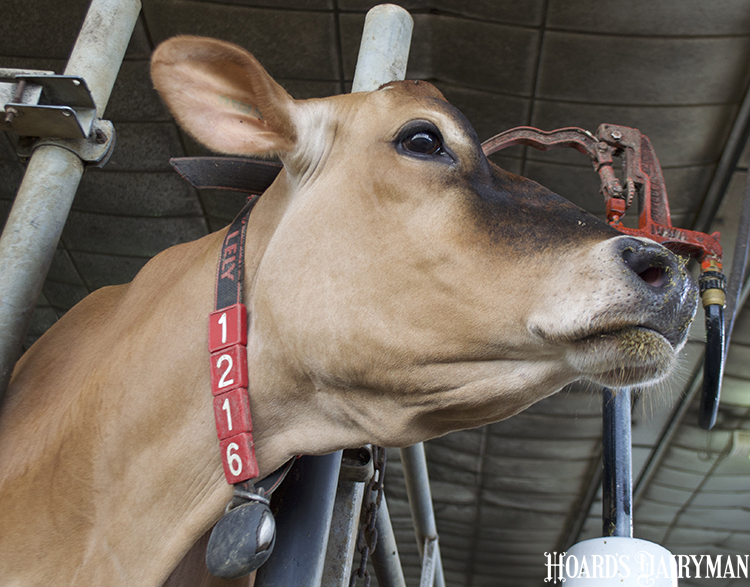
Automated monitoring in the dairy industry seems to have advanced nearly as quickly and completely over the last few decades as the smartphones in our pockets. Just as we’ve learned to use and rely on those devices, so have dairy farmers come to use monitoring technologies as critical parts of their herd management strategy.
Similar to smartphones and other technologies, there are innovators and early adopters who are the most eager to test a new product and are willing to buy into an expectation, described Ricardo Chebel of the University of Florida. However, that expectation may be inflated, he cautioned. Although many dairy monitoring systems, from activity collars to ear tags, are well past the early adopter stage and are used effectively, it’s still a good idea to remember what those tools are designed to do and how we can best use them accurately.
“We have to be careful with technologies that are being offered and sold because we need to find a way to match the expectation of producers to what the technology can really do,” Chebel said during a Dairy Cattle Reproduction Council webinar.
Catching heats that happen
In the case of monitoring for reproductive performance, many farms may use an activity system or rumination tracker to detect cows in heat and know when to breed them. The benefits of implementing an automated monitoring system depend upon your current reproduction strategy, current performance of that strategy, and the opportunity cost of the system, Chebel identified. Opportunity cost will include the initial cost of the systems as well as length of useful life.
Of course, better heat detection will contribute to an improved pregnancy rate by raising insemination efficiency. Insemination accuracy may also be improved by evaluating the intensity of estrus.
Chebel shared research detailing how intensity of estrus has been related to improved fertility. Specifically, cows with a more dramatic reduction in rumination time during estrus had greater pregnancy rates. Rumination time was able to be measured through automated monitoring systems.
What leads a cow to have a more or less intense heat?
Disease is one answer, Chebel explained. After 41 days in milk, they found that lame cows were among those that didn’t drop as much in rumination time, and they were less likely to have a high-activity heat. Further, lame cows, as well as those with a uterine infection, more often simply had a shorter heat period.
Fewer indicators of estrus, whether that be activity or rumination, make it more difficult for an automated monitoring system to pick up on behavioral changes and signal the cow is in heat. In fact, in one study, cows with low heat intensity took, on average, 21 more days to get pregnant than cows with high-intensity heats. This is where other aspects of herd management must contribute to allowing the technology to do what it is designed for, Chebel said.
“The technology is there and will do its job, but if we continue to have high incidence of diseases, the technology will not magically find cows in estrus,” he stated.








